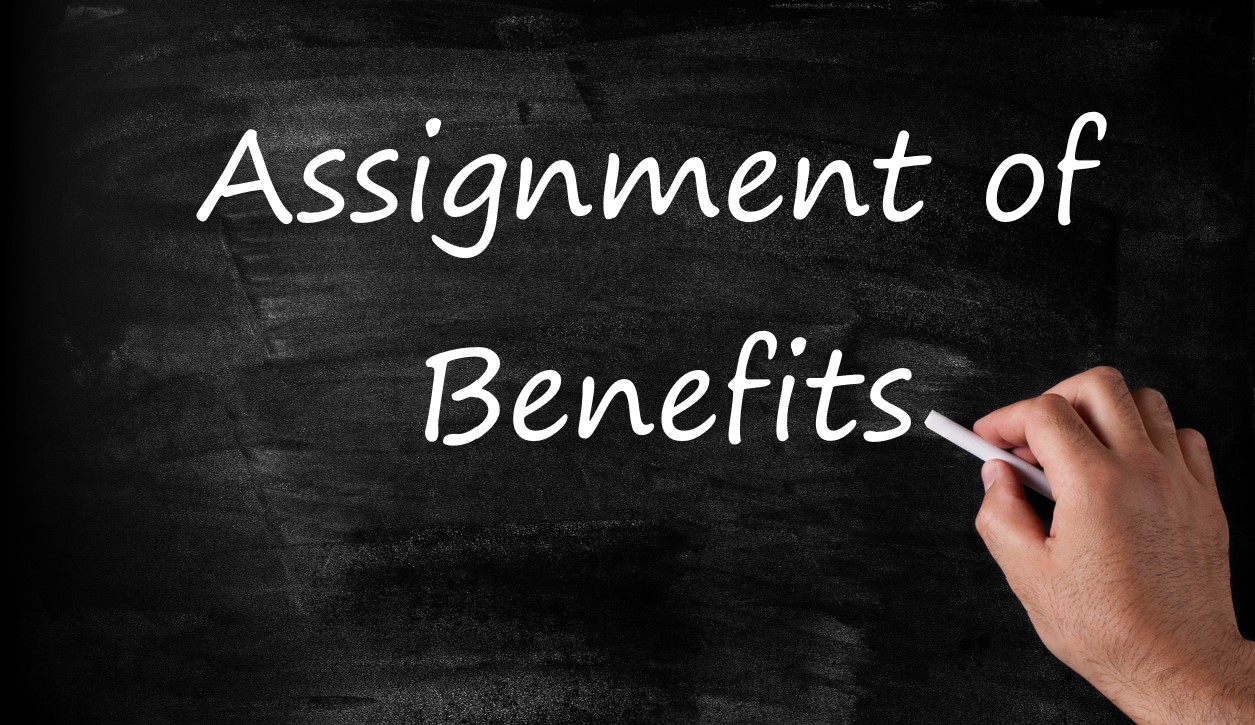Insurance business interruption coverage has terms, philosophies, and calculations which are foreign to many. Lawyers for insurers will often challenge me by asking for a case which says their interpretation for some practice is wrong while looking for every manner “to win” by paying as little as possible. This mindset is what lead to a number of judges being duped into believing and ruling that the insurance industry meant that a business had to completely shut down in order to prove that business operations were “suspended.”
I was thinking about this while reading an affidavit of insurance expert Charles Miller where this issue was not primary, but he briefly noted:
The definition of ‘suspension’ demonstrates that the Policy provides coverage for both partial and total losses. Suspension is defined as the ‘partial or complete cessation of your business activities.’ Indeed, earlier business income forms defined ‘suspension’ as only ‘suspension of operations.’ As a result, Courts construed the word suspension to mean total, and not partial, suspension of operations, which was contrary to the insurance industry intent (See, e.g., Home Indem. Co. v. Hyplains Beef, L.C., 893 F. Supp. 987, 991–992 (D. Kan. 1995)). As pointed out by IRMI, A definition of ‘suspension’ was added to the 2000 edition of the [Business Income] form, to make it explicit that a complete cessation of the insured’s operations is not required in order for coverage to apply.
Beginning with the 2000 edition of the form, the word ‘suspension’ is a defined term. The definition specifies that suspension means either a slowdown or cessation of the insured’s business activities or, with respect to rental value coverage, the untenantability of part or all of the premises.
This change to the form was made because some insurers had interpreted the word ‘suspension’ to mean only a complete cessation of the insured’s operations and refused to pay for otherwise covered business income loss because the insured’s operations did not completely cease during the period of restoration. This interpretation is contrary to the concept and purpose of business income insurance, which is to do for the insured business what it would have done for itself had there been no direct physical loss—no more, and no less. It would be analogous to interpreting the direct damage portion of a standard commercial property policy to require that an insured building must be completely destroyed for the insured to be entitled to any insurance recovery for damage to the building. (“‘Suspension’ Definition in the Business Income and Extra Expense Coverage Form (CP 00 30),” p. 1 of 3; emphasis added).
The insurance industry changed the definition of suspension to include ‘partial suspensions, because that was the original intent of the coverage’ (Id., p. 2, ‘ISO’s addition of a definition of ‘suspension’ to the business income coverage form was intended to prevent these misinterpretations by insurers and courts’).
The newer policy forms have been corrected to prevent this injustice from happening in the future. If you are faced with an older form, please remember this notation above and use it to show that the industry never intended to have this occur to its customers. Those cases allowing suspension to require complete cessation are simply wrongly decided because insurance company lawyers successfully duped them into believing insurers never intended to pay under those scenarios.
Thought For The Day
A smart man makes a mistake, learns from it, and never makes that mistake again. But a wise man finds a smart man and learns from him how to avoid the mistake altogether.
—Roy H. Williams




